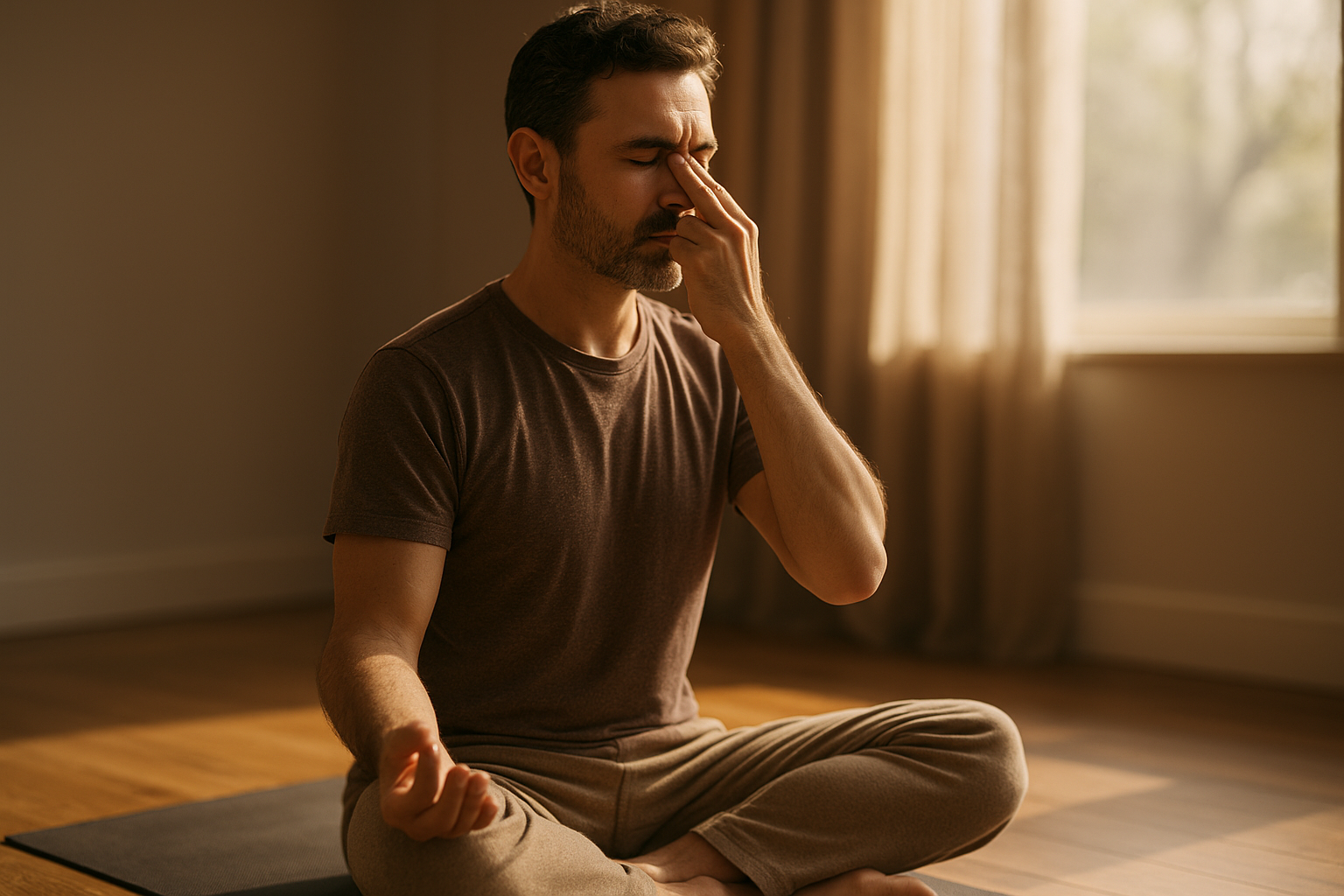The Potency of Pranayama: An Intriguing Path to Wellness
Have you ever considered that the simple act of breathing could hold the key to your well-being? In the ancient practice of yoga, pranayama, or breath control, is a lesser-known but incredibly potent tool for health. Pranayama is an essential component of yogic practice, rooted in ancient Indian tradition. The word 'Pranayama' is derived from the Sanskrit words 'Prana' meaning life force, and 'Ayama' meaning control. This practice is based on the belief that by controlling our breath, we can control the vital life force within us, leading to improved health and wellness. Pranayama was first mentioned in the Upanishads, sacred Hindu texts dating back to the 6th century BC, and later incorporated into Patanjali's Yoga Sutras, a seminal text for classical yoga philosophy.

The Science behind Pranayama
Pranayama is not merely deep breathing. It involves specific techniques that vary in rhythm, duration, and structure. Recent scientific studies have begun to unearth the physiological and psychological benefits of these practices. Research has shown that pranayama can improve cardiovascular health, lung capacity, and respiratory endurance. It can also help manage stress by lowering cortisol levels and inducing a state of calm.
Pranayama in Modern Health Practices
Pranayama has found its place in modern health practices, often incorporated into mindfulness and stress management programs. Its benefits extend beyond the physical, impacting mental and emotional health. Regular practice can help alleviate symptoms of anxiety and depression, improve concentration, and enhance overall wellbeing.
The Power and Potential of Pranayama
Pranayama’s power lies in its simplicity and accessibility. It does not require any special equipment or physical prowess, and with proper guidance, can be practiced by anyone, anywhere. However, it is not without its challenges. Mastering pranayama techniques takes time and patience, and its subtle effects may not be immediately evident. But with regular practice, the potential benefits can be transformative.
Quick Facts & Tips about Pranayama
-
Pranayama involves various techniques such as Anulom Vilom (alternate nostril breathing), Kapalabhati (skull shining breath), and Bhastrika (bellows breath).
-
It’s recommended to practice pranayama on an empty stomach, ideally early in the morning.
-
Start with a few minutes a day and gradually increase the duration as your capacity improves.
-
Seek guidance from a qualified yoga instructor to ensure correct technique and safety.
In conclusion, pranayama offers a unique and powerful avenue to health and wellness. This ancient practice, grounded in centuries of tradition, is now validated by scientific research. Offering both physical and mental benefits, it is a practical and accessible tool for holistic health. As we navigate the stress and challenges of modern life, perhaps it’s time to take a deep breath and explore the potency of pranayama.




